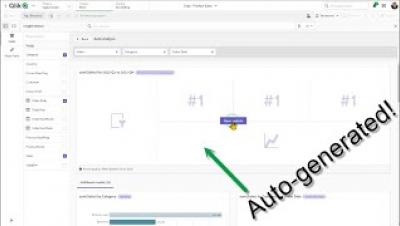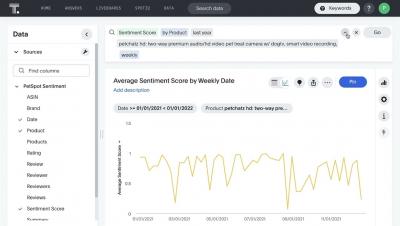Hitachi Vantara Accelerates Enterprise Outcomes With AI-Powered Integrated Platform, in Collaboration with NVIDIA
Organizations with the best Artificial intelligence (AI) capabilities are poised to deliver better customer outcomes, maximize revenue opportunities, and leave the competition behind. AI-driven insights can help companies achieve many business objectives such as improving customer loyalty, delivering effective training, reducing the impact of outages or providing better healthcare to patients. Applications are aplenty.











